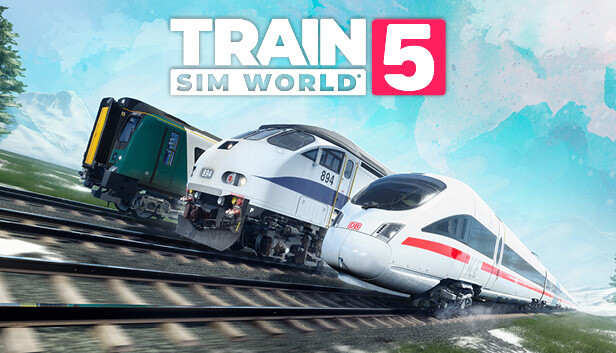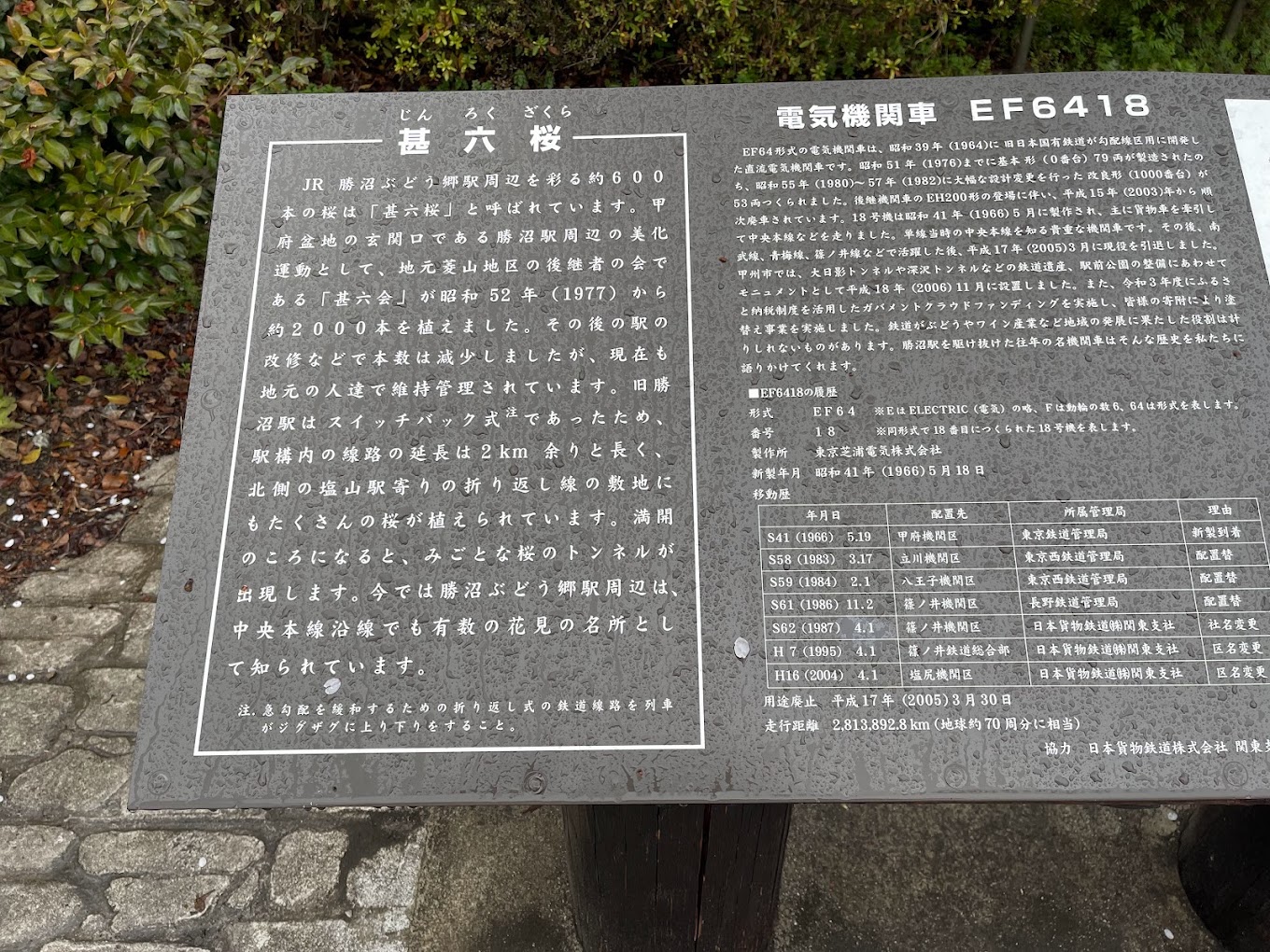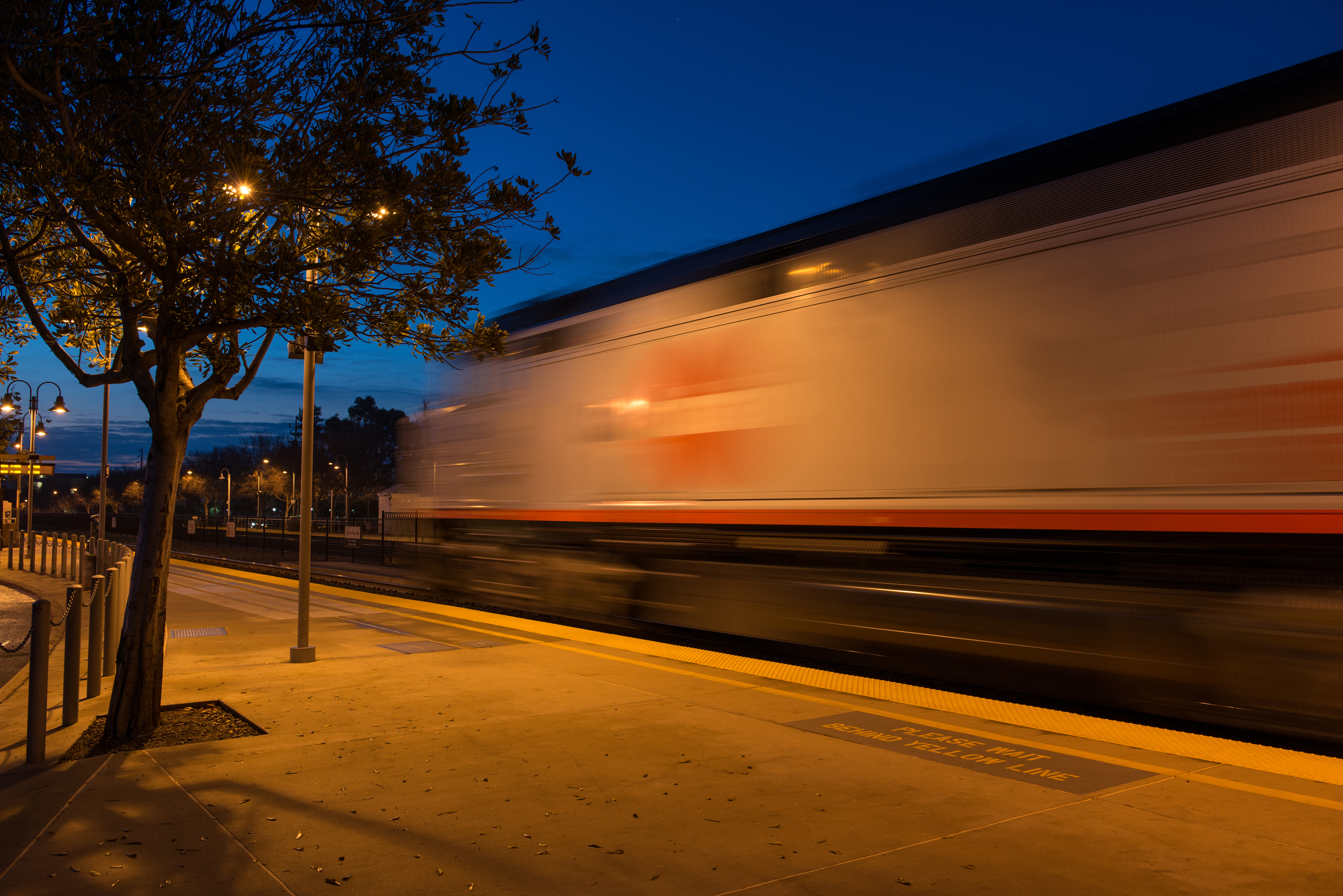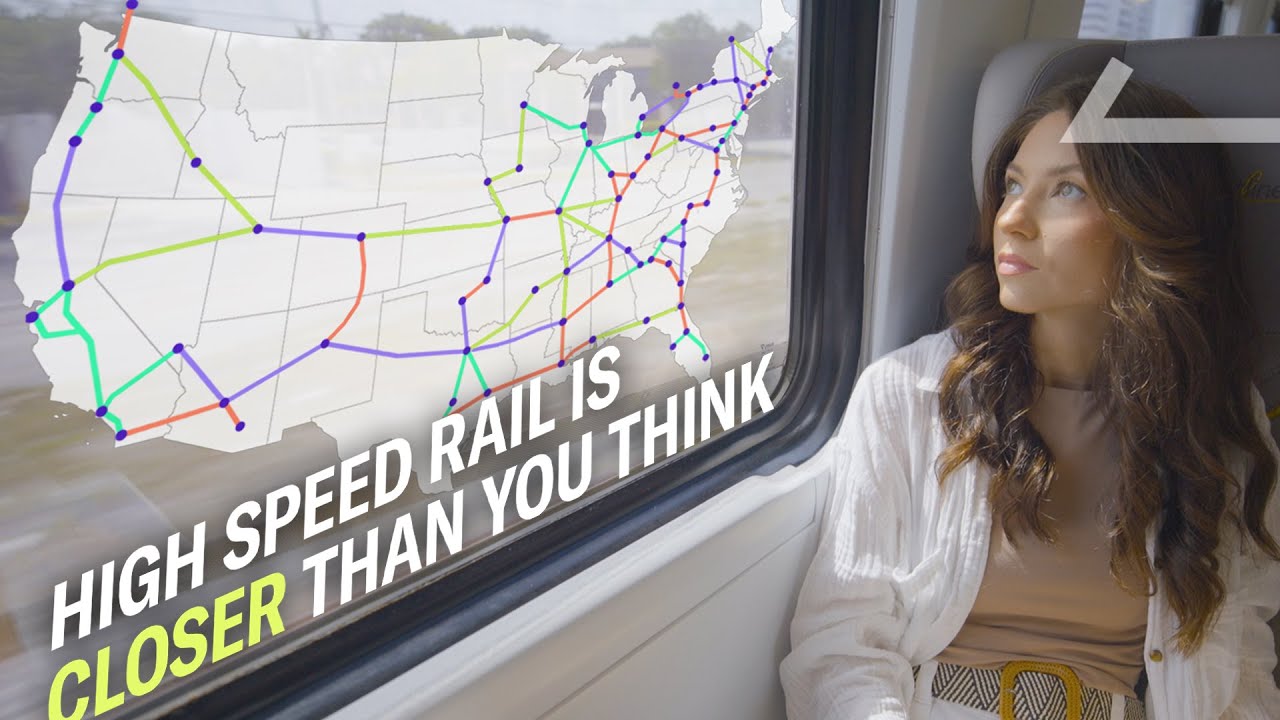Trains
 www.theguardian.com
www.theguardian.com
Joe Biden and Kamala Harris were briefed on Wednesday on the dangerous chemical leak from a railcar near Cincinnati, Ohio, that has prompted evacuations of school buildings and homes. The White House announced that the US president had been briefed on the leak of styrene from a parked railcar in Whitewater Township, near Cleves, on the outskirts of Cincinnati, on Tuesday, saying: “Federal Railroad Administration and Environmental Protection Agency officials are on the ground assisting with hazmat operations and air quality testing. “The president has directed his team to provide any resources that may be needed. We urge residents to heed the warnings of emergency personnel, especially those instructed to evacuate,” it added. And a White House official said that Harris, the US vice-president and the Democratic party nominee for president in this November’s election, was coordinating with officials and she and Biden “urge residents to heed the warnings of emergency personnel, especially those instructed to evacuate”. Aerial video showed firefighters spraying down the car, which was sitting upright on tracks between a highway and an asphalt plant. Authorities said a pressure release valve on it was leaking styrene, a toxic and flammable chemical used to make plastic and rubber. It can cause headaches, nausea and respiratory issues, and long-term exposure can lead to more serious health problems including organ damage. Anyone within a half-mile of the area was advised to leave immediately. Residents just outside the evacuation area were told by the authorities to stay inside and keep their windows closed. ...

Vancouver West Coast Express EMD F59PH This shiny locomotive carries commuters in and out of the heart of [#Vancouver](https://rail.chat/tags/Vancouver) every weekday. It has 5 inbound trips in the morning and 5 outbound in the evening, past Pitt Meadows and Maple Ridge to as far out as Mission, [#BritishColumbia](https://rail.chat/tags/BritishColumbia). It's quite fast compared to rush hour driving, and the views of the Fraser River are a treat. I just wish it went the non-rush directions at least a couple times a day. [\#train](https://rail.chat/tags/train) [#railway](https://rail.chat/tags/railway) [#transit](https://rail.chat/tags/transit) [@trains](https://lemmy.ml/c/trains)
 store.steampowered.com
store.steampowered.com
so get it while you can Example: If you bought the HHR route for Train Sim World 2, clicking on the "install game" button on Steam for the TSW5 free starter pack (no, you don't have to install it) will automatically give you the TSW5 version of the HHR route with no further steps; if you're on PlayStation, you do need to do the same process for TSW4 first.

Any model railroad enthusiast want to expand their 1:1 scale collection? [https://www.caltrainstore.com/special-items](https://www.caltrainstore.com/special-items) [\#Caltrain](https://rail.chat/tags/Caltrain) will be auctioning their diesel EMD F40PH-2 in the next month or two, with the engine removed. These engines were replaced by the new electric locos. Transport and storage will be buyer's responsibility. [\#Train](https://rail.chat/tags/Train) [#railroad](https://rail.chat/tags/railroad) [#railway](https://rail.chat/tags/railway) [@trains](https://lemmy.ml/c/trains)
 www.theguardian.com
www.theguardian.com
There’s a new train pulling into the station in San Bernardino, a southern California city about 60 miles from Los Angeles. From the outside, it looks like any other commuter train, with three passenger carriages, blocky windows and a colourful blue exterior. But inside, it’s unlike anything the region – or the country – has seen before. The $20m Zero-Emission Multiple Unit, known as Zemu, uses a hybrid hydrogen fuel cell and battery system to propel the train and run other onboard electrical systems. The only byproduct of the fuel cell is water vapour, a welcome change in an area known as the Inland Empire that suffers from some of the worst air quality rates in the country. The new technology will make Zemu the first hydrogen-powered, zero-emissions passenger train in North America to meet Federal Railroad Administration (FRA) requirements when it goes into service early next year. ...

I just moved and I live literally window to a freight train line, unfortunately it scares the crap out of my cats and so I'm trying to find out what the schedule is so that I can close the windows for them, and maybe put a little raspberry pi display screen saying something like "next train arriving in...." Next to my window
CN and CPKC locked out employees across Canada on Thursday 22 Aug 2024, due to a labour dispute between them and Teamsters Canada Rail Conference.

I got this picture a few weeks ago coming home from my morning hike with my dogs.  It had I think two flat cars one of which had a crane mounted to it. I do not recall the cars past those flats, I was too focused on the engine. I saw it again yesterday coming home from my dad’s house.
6:10 if you're into kinky train sounds :D
Using an old 'gravity slate train' and an engine, he uses the tracks in the timetabled trains downtime. What a time to be alive. And gravity trains too: https://youtu.be/-A7sZVgct3E
 arstechnica.com
arstechnica.com
Although US coal consumption has fallen dramatically since 2005, the country still consumes millions of tons a year, and exports tons more—much of it transported by train. Now, new research shows that these trains can affect the health of people living near where they pass. The study found that residents living near railroad tracks likely have higher premature mortality rates due to air pollutants released during the passage of uncovered coal trains. The analysis of the San Francisco Bay Area cities of Oakland, Richmond, and Berkeley shows that increases in air pollutants such as small particulate matter (PM 2.5) are also associated with increases in asthma-related episodes and hospital admissions. "This has never been studied in the world. There's been a couple studies trying to measure just the air pollution, usually in rural areas, but this was the first to both measure air pollution and trains in an urban setting," said Bart Ostro, author of the study and an epidemiologist at the University of California, Davis. **Persistent coal pollution** Trains carry nearly 70 percent of coal shipments in the United States, leaving a trail of pollution in their wake. And coal exports will have a similar impact during transit. Ostro explained that when uncovered coal trains travel, the coal particles disperse around the railroad tracks. Levels of PM 2.5 "[spread] almost a mile away," he added. As a result, the mere passage of coal trains could affect the health of surrounding communities. Ostro was particularly concerned about how these pollutants could harm vulnerable populations living near the coal export terminal in Richmond. Previous census data had already shown that those in Richmond who live around the rail line have mortality rates 10 to 50 percent higher than the county average. Communities in Oakland could be at risk, too, since discussions are underway to build a new coal export terminal in the region. But before researchers could study the health effects of these air pollutants, they first had to understand how much was spread by passing trains. This was a challenge in itself because coal trains aren't scheduled like regular passenger trains. To ensure that researchers could measure all trains and pollutants, Ostro and his team developed a monitoring system with three main components: a weather station to provide meteorological parameters, an air quality sensor to track air pollution levels, and an AI-trained camera to recognize coal trains. The trained cameras were critical to the entire project, identifying different types of trains: full coal trains, empty coal trains, freight trains, and passenger trains. With the system in place, Ostro's team measured pollution levels and was able to attribute them directly to coal trains. Their results, published last year, showed that coal trains and terminal operations added a significant amount of PM 2.5 pollution to urban areas, more than other freight or passenger trains. Passing coal trains added an average of eight μg/m3 to ambient pollution. This is two to three micrograms more than freight trains contribute. Even empty coal cars contribute to increased pollution levels due to traces of coal dust. **Particulate problems** This year, in a follow-up study, researchers combined these findings with US Census data and health studies to understand how this increase might affect local communities. They estimated that more than 260,000 people would be exposed to some increase in annual PM 2.5, and that such exposure was associated with significant mortality and morbidity. Health effects were quantified for three different scenarios based on different wind conditions. In the worst-case scenario, where there’s an increase of about two μg/m3 near the railway line, modeling suggests that premature mortality would increase by 1.3 percent. Hospital admissions for conditions such as chronic lung disease, pneumonia, and cardiovascular disease would also increase by 4.7 percent, 6.2 percent, and 2.2 percent, respectively. Although these are relatively small numbers in a small population, Ostro points out that they could be extrapolated to larger populations in other countries. "The way I see it, this is a microcosm of what could be happening globally," he added. While coal use—and the transportation of that coal—is declining in the US and the European Union, the same isn't happening everywhere. In countries like China and India, for example, coal use is increasing, and populations living near the railroads that transport that coal could be at risk. "These findings have major implications beyond San Francisco and the US," said Michel Abramson from Monash University in Australia, who wasn't involved in the study. The researcher thinks Ostro's assessment "fills an important gap" by looking at the health effects of transporting coal in uncovered rail cars but doesn't think there are any solutions to mitigate the problem other than stopping the use of coal. "Covering the coal cars might not solve the problem, because it could increase the risk of fires," he added. "Ultimately the world needs to phase out the mining, transport, and combustion of coal, not only to reduce the risks of climate change, but also to improve the health of the population."
Some transit vehicles on "The T" in Boston recently received googly eyes, spurred on by a local campaign. [https://www.cbc.ca/radio/asithappens/boston-trains-googly-eyes-1.7253577](https://www.cbc.ca/radio/asithappens/boston-trains-googly-eyes-1.7253577) [@trains](https://lemmy.ml/c/trains) [#Boston](https://rail.chat/tags/Boston) [#trains](https://rail.chat/tags/trains) [#mbta](https://rail.chat/tags/mbta)
[Piped](https://piped.video/watch?v=xisVS_DKpJg) / [Invidious](https://yewtu.be/watch?v=xisVS_DKpJg) originally broadcast in 2009: *Bergensbanen – minutt for minutt* was a full recording of the 7 hour train trip from Bergen to Oslo and became the showpiece for [slow television](https://en.wikipedia.org/wiki/Slow_television)

Montreal Locomotive Works Class H1b - No. 2816 "The Empress" Happy [#Canada](https://rail.chat/tags/Canada) Day! I was in [#Calgary](https://rail.chat/tags/Calgary) [#Alberta](https://rail.chat/tags/Alberta) in April to see this beautifully restored steam locomotive. It was a public event at Canadian Pacific Headquarters in commemoration of 1 year since their merger with Kansas City Southern. This [#train](https://rail.chat/tags/train) has since been on tour and will do one last stop in [#Winnipeg](https://rail.chat/tags/Winnipeg) on July 6th, 2024. [@trains](https://lemmy.ml/c/trains) [#railway](https://rail.chat/tags/railway) [#trains](https://rail.chat/tags/trains)

Siddy Holloway is doing a special I'd really like to watch, but it's only on BBC2 from what I see. Will it be on a streaming service or anything?
 www.youtube.com
www.youtube.com
[Piped](https://piped.video/watch?v=r5M7Oq1PCz4) / [Invidious](https://yewtu.be/watch?v=r5M7Oq1PCz4)

About halfway between Tokyo and Nagano. Here's what it looks like in the daytime:  Here's the plaque explaining it, and the cherry blossoms(?)  Can anyone translate the plaque? Japanese OCR seems to be hopeless...

Photoshop filter not included https://daitetsu.jp/eng/abt The Abt rail system, developed in Switzerland in the 1880s, is a narrow gauge track that specializes in climbing inclines by using a 3rd track that is toothed. The Oigawa Railway's Ikawa Line is the only Abt system in Japan. 

From comment on anime series Shuumatsu Train Doko E Iku - Where is the Last Train Going? https://ani.social/comment/4233782

Source: https://commons.wikimedia.org/wiki/File:Myingyan_Railway_Station_2.jpg
 apnews.com
apnews.com
cross-posted from: https://lemm.ee/post/28549386 > >“As trains — many carrying hazardous material — have grown longer, crews should not be getting smaller,” said Eddie Hall, the president of the Brotherhood of Locomotive Engineers and Trainmen union. He praised the FRA for taking the step President Joe Biden promised. Hall said keeping two people in the cab of a locomotive is crucial now that railroads rely on longer trains that routinely stretch for miles.
[Soda locomotives](http://www.douglas-self.com/MUSEUM/LOCOLOCO/soda/soda.htm) saw very limited use, and though I've found some awesome photos and descriptions thanks to the research of enthusiasts online, I haven't really found anything describing what exactly the process of draining the probably-boiling-hot caustic slop from the locomotive and refilling it with water and fresh caustic soda looked like. Soda locomotives saw very limited use, and though I've found some awesome photos and descriptions thanks to the research of enthusiasts online, I haven't really found anything describing what exactly the process of draining the probably-boiling-hot caustic slop from the locomotive and refilling it with water and fresh caustic soda looked like. So I thought I'd reach out to another community of enthusiasts and see if you might be able to extrapolate from the other ways they did things (or how it could be done now). Sorry if this is obvious to or kind of a trivial question, I'm not super familiar with the logistics around normal trains. The reason I'm asking is that I'd like to feature these in a story I'm working on, and maybe some art, but I want to make sure it's reasonable, even if it's not how things shook out in real life. Mostly I'm wondering: if these locomotives had obtained mainstream use, what would the station where they swap wet soda for fresh look like? (A water stop and some kind of screw elevator or rig for blowing in the powder/granules?) I don't necessarily need to write an engineer-level description so much as something a casual observer would see, but if you have that knowledge I'd be thrilled to read it and use as much as possible. I'd also love any suggestions about how you might modernize the design or the processes of filling it, especially for safety. I really like the idea of a (sunny) place using big solar concentrators to dry the soda essentially for free. It seems like it could be very efficient in terms of using heat in the form we get it, and the simpler analog tech appeals to me since I'm often writing about rebuilding societies. Thanks very much!!
 www.caltrain.com
www.caltrain.com
The EMD F40 series trains were retired from CalTrain's fleet last week.
Just for fun, a thought experiment, how much theoretically does it cost to build a commuter rail service? I've lived in a city that has thousands of cars commute to a close by city every day, about 30 miles away. It kills me that there is not an obvious commuter line between them. There are (I believe) UP tracks there. Not that I have millions of dollars lying around but it did get me thinking, how much really does it cost? For fun, of course, ballparks. Say end to end, about 30 miles. About 25 off that could be on the existing spur that is there, and then say 5 total to tie the ends to potential stations. Then the cost to build 2 terminal stations and say 2 small ones for towns on the way. Then say a single consist similar to the Coaster trains to just ping pong back and forth. This to me is the "cheap" option to kickstart some transit in cities, but they always seem to think it's impossible. But how much really is a project like that?
The three entities that received Fiscal Year 2022-2023 IRC Program funding are as follows: * Illinois – MIPRC Expansion Project (Up to $300,000) Midwest Interstate Passenger Rail Commission (MIPRC) * Louisiana – SRC Rail-Ready Project: Building Capacity to Expand Passenger Rail across the American South (Up to $400,000) Southern Rail Commission (SRC) * North Carolina – VA-NC Compact Administration & Southeast Rail Network Analysis Project (Up to $200,000) North Carolina DOT on behalf of the Virginia – North Carolina Interstate High-Speed Rail Compact Commission (VA-NC HSR Compact)
The three entities that received Fiscal Year 2022-2023 IRC Program funding are as follows: * Illinois – MIPRC Expansion Project (Up to $300,000) Midwest Interstate Passenger Rail Commission (MIPRC) * Louisiana – SRC Rail-Ready Project: Building Capacity to Expand Passenger Rail across the American South (Up to $400,000) Southern Rail Commission (SRC) * North Carolina – VA-NC Compact Administration & Southeast Rail Network Analysis Project (Up to $200,000) North Carolina DOT on behalf of the Virginia – North Carolina Interstate High-Speed Rail Compact Commission (VA-NC HSR Compact)
 ttd.org
ttd.org
Ancora Holdings, an investment group, is looking to instil a new set of directors, citing safety issues and higher operating ratio (railroad investor speak for lower profit profit margin). The labour union AFL-CIO Transportation Trades Dept. president Greg Regan has put out a statement against this takeover attempt, citing these investors running Bed Bath & Beyond into the ground.
 www.railwayage.com
www.railwayage.com
From the [document](https://www.railwayage.com/wp-content/uploads/2024/02/The-Case-for-Leadership-Safety-and-Strategy-Changes-at-Norfolk-Southern-February-2024.pdf): “The bottom line is that it is time to actually move Norfolk Southern forward. Moving ahead starts with identifying the right destination. Our slate and proposed management team believe they have the experience and strategy required to turn Norfolk Southern into a safer, more sustainable railroad that is growing profitably while also yielding more stability for customers and employees. As shown in our presentation, this is a far cry from where Norfolk Southern stands today under Mr. Shaw and his loyal backers in the boardroom. In the coming weeks, we look forward to sharing a second presentation that focuses on our 100-day transition plan and the details of our reliable network strategy that will leverage Norfolk Southern’s existing assets and people to get the organization to the right destination. We will show that a better day is in reach—one that includes enhanced value for customers, communities, employees and shareholders.”
 jacobin.com
jacobin.com
>Railroad Workers United (RWU), a caucus of rank-and-file workers spanning all thirteen national rail unions, recently released a video offering one answer to the rotten state of US rail. “Putting America Back on Track: The Case for Public Rail Ownership” opens in East Palestine, with a resident of the area showing the viewer photos he took the night of the Norfolk Southern derailment. The [video](https://youtube.com/watch?v=zwkMKVu7dxo) goes on to make the case for public ownership of rail, which has been a focus for RWU over the past year. What are your thoughts on the idea of public ownership of rail (in the US and Canada)? What type or level of public ownership would you support?








